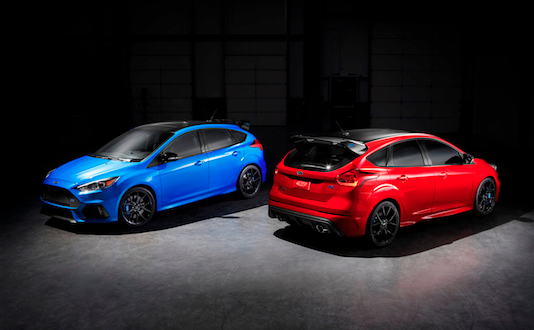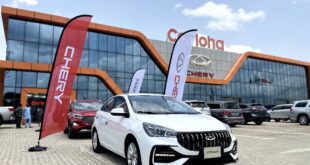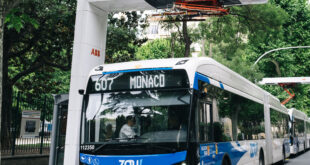…To export All-new Ford Expedition, Lincoln Navigator to over 55 markets globally
In what has been described as yet another historic move by Ford, the U.S automaker announced on Tuesday that it would start bringing in the next-generation Focus small cars from China to feed the North American market as from 2019. Ford also lived up to its billing as a top auto exporter in the U.S. by announcing its preparedness to export the All-new Ford Expedition as well as the Lincoln Navigator to over 55 markets globally.
These were part of the policy decisions announced, Tuesday, by Ford in Detroit, Michigan as the American auto giant unfolded plans to invest a whopping $900 million in its Kentucky Truck Plant, securing 1,000 U.S. hourly jobs to build all-new Ford Expedition and Lincoln Navigator.
The company said the exciting new Ford Focus would be on the way for North American customers beginning in 2019 with more technology, more space and a number of new Focus models, adding that the next-generation Focus for North America will be globally sourced primarily from China – rather than Hermosillo, Mexico – with production starting in the second half of 2019 as production of the current model ends in mid-2018
According to Ford, this manufacturing plan is to allow the company to further grow its leadership as an exporter and deliver world-class Focus to North American customers in a way that makes business sense without laying off any of its U.S. employees.
Ford said through the plan, it would be saving $1 billion in investment costs versus its original Focus production plan, improving the financial health of its Focus business and further improving manufacturing scale in China – all helping create a more operationally fit company.
The overarching goal, according to Ford, is to embark on manufacturing actions centred on improving the company’s operational fitness and building vehicles that excite customers around the world.
The $900 million investment, according to Ford, secures 1,000 jobs for hourly workers at the Louisville plant in addition to the $1.3 billion investment and 2,000 jobs created at that plant in late 2015 to build the all-new Ford Super Duty. Kentucky Truck employs nearly 7,600 full-time hourly workers – and Ford has more U.S. hourly workers and builds more vehicles in the U.S. than any other automaker.
Speaking of the plan, Ford executive vice president and president, Global Operations, Joe Hinrichs, said: “Large SUVs are attracting a new generation around the world – and we’re finding new ways to deliver the capability, versatility and technology that customers around the world really want with our all-new Ford Expedition and Lincoln Navigator,” adding, “At the same time, we also have looked at how we can be more successful in the small car segment and deliver even more choices for customers in a way that makes business sense.”
Ford said its next-generation Ford Focus will be more spacious and packed with technology that customers want.
Production is to start in the second half of 2019, with models coming from the company’s existing Focus plants globally. Most new North American Focus models initially will come from China, with additional variants coming from Europe later.
The company promised that no U.S. hourly employees will be out of a job tied to the new manufacturing plan for Focus with the production of the current North American Focus at the Michigan Assembly Plant continuing through mid-2018. Following that, the plant will be converted to produce the Ranger midsize pickup truck in late 2018 and the Bronco midsize SUV in 2020.
Ford maintained that the new North America Focus production plan saves $1 billion in investment costs versus the original plan – $500 million on top of the $500 million savings announced earlier this year by cancelling plans for an all-new manufacturing facility in San Luis Potosi, Mexico, and moving Focus production to Ford’s Hermosillo, Mexico, plant.
“Finding a more cost-effective way to deliver the next Focus program in North America is a better plan, allowing us to redeploy the money we save into areas of growth for the company – especially sport utilities, commercial vehicles, performance vehicles as well as mobility, autonomous vehicles and electrified vehicles,” Hinrichs said.
 ..:: AUTO REPORT AFRICA ::..
..:: AUTO REPORT AFRICA ::..




